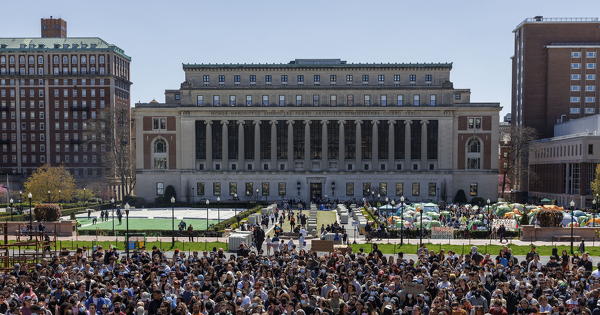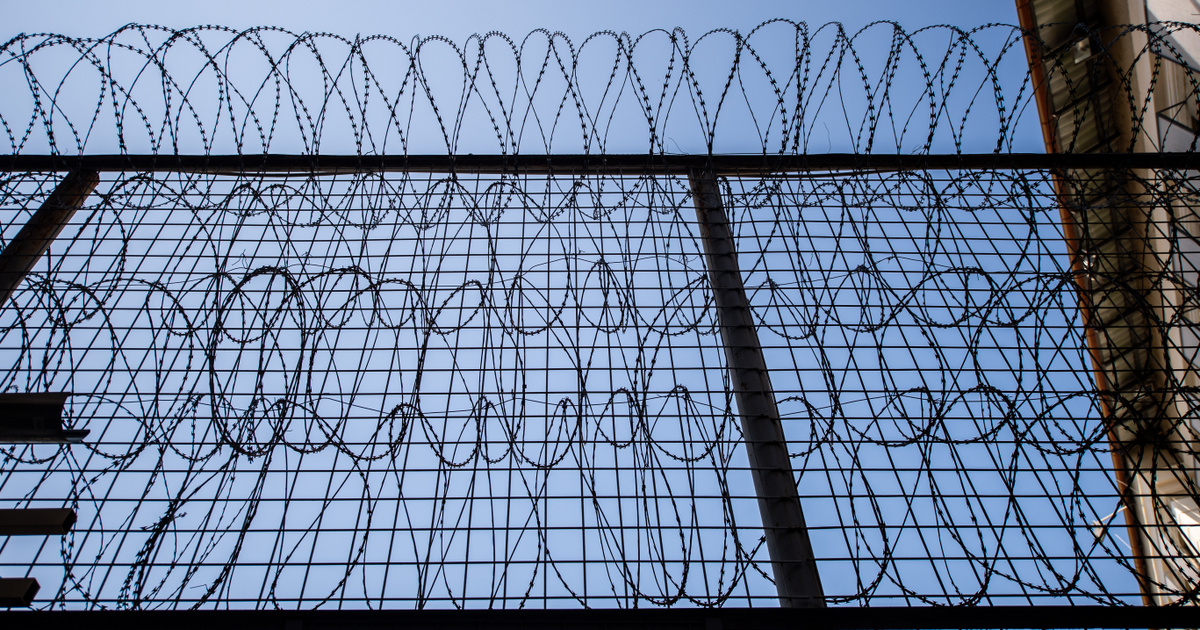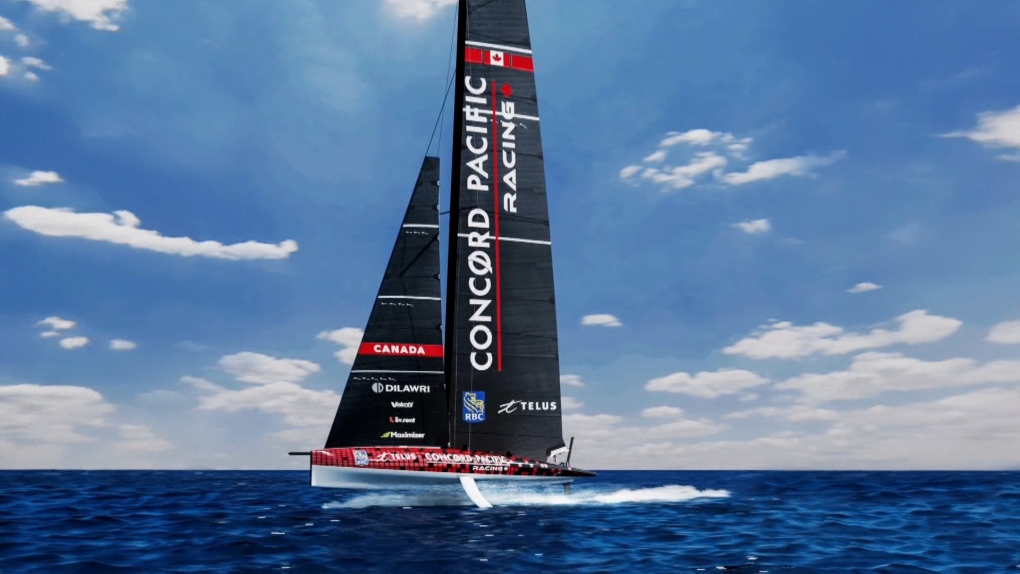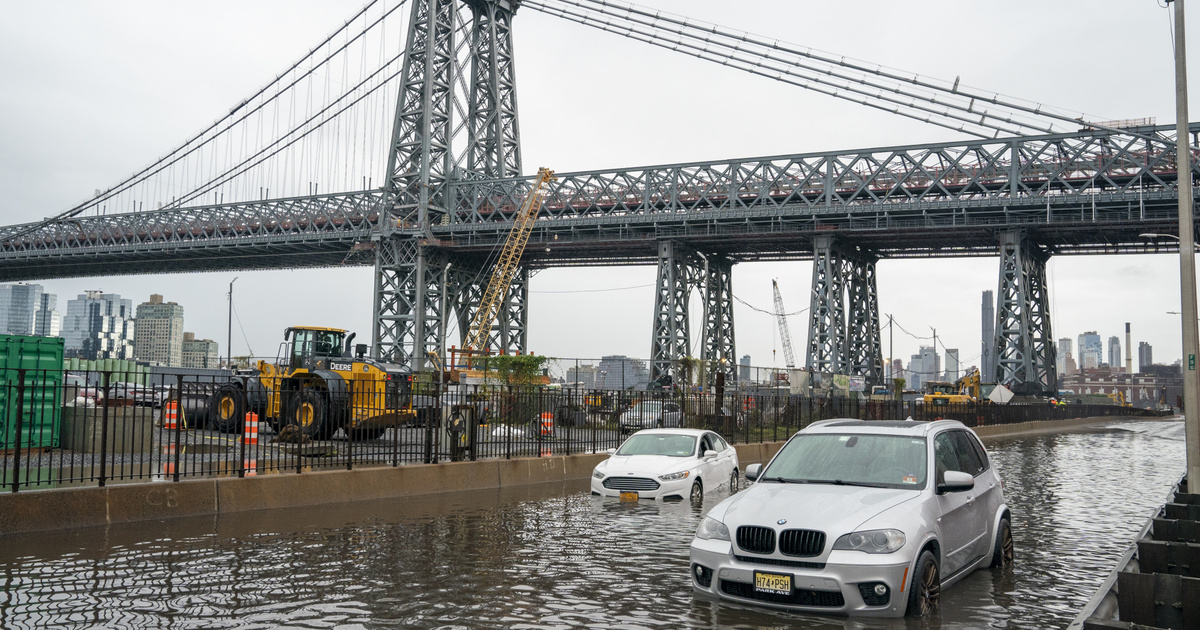Since New York City’s average elevation is less than three meters above sea level, the largest city in the USA is dangerously vulnerable to sea level rise. The floods that are certain to occur are exacerbated by vertical movement and subsidence of the land itself. Recently published Study of the sinking of New York City It analyzes this phenomenon in detail, presenting the consequences caused by humans, the so-called anthropogenic effects.
More than 8 million people live in New York, which is falling at a rate of 2 millimeters annually, according to satellite and geological observations, as sea levels rise.
New York City faces an increased risk of flooding due to rising sea levels, subsidence, and increased storm intensity caused by natural and human activities. In addition to sea level rise, the downward pressure exerted by the city’s built environment contributes significantly to the city’s subsidence. There are several factors that contribute to subsidence, such as the physical structure of the soil, the foundation technology of buildings and the mass of buildings. Greater subsidence should be expected in the case of foundations created using artificial soil fills and large buildings.
Human activity, such as landfill construction and land reclamation, also contributes significantly to subsidence. However, some areas are sinking much faster than Arthur Ashe Stadium, the world’s largest tennis court, for example, which is sinking at about 5 millimeters per year. Although this may seem like a small number, it has been accumulating over the years and is expected to accelerate as climate change worsens.
Hurricanes bring sea water
New York, with a very dense population, is threatened to varying degrees by increasing inland water levels and other natural phenomena caused by falling and rising sea levels. Recently, two tornadoes claimed lives and caused severe damage in New York. Hurricane Sandy in 2012 pushed seawater inland and compressed it, while heavy rains from Hurricane Ida in 2021 overloaded sewer systems within the city. Tectonic and anthropogenic subsidence, sea level rise, and increased hurricane intensity together pose a growing problem in coastal and riverine areas. The rebar that forms the foundation of buildings corrodes by contact with salt water and can also chemically weaken concrete, causing buildings to be structurally weak.
In addition, urbanization itself can exacerbate the problem; The cumulative pressure exerted by huge buildings on the ground contributes to subsidence. Newly built buildings become larger and heavier, thus increasing the overall effect of the building load on the ground, increasing the rate of subsidence.
Soil layers slide
Subsidence is caused not only by soil pressure, but also by secondary subsidence caused by the sliding of clay-rich soil layers beneath the city, which can continue for any period of time. Of particular concern is the fact that in the long term more severe subsidence may occur in densely populated areas closer to the coast.
Additional contributions to subsidence associated with urbanization include groundwater pumping, regular scouring and dredging of sedimentary deposits in surrounding city waters, and increased erosion caused by urban sewer systems. Building dams on rivers to store water also traps river sediments and reduces the amount of sediment useful for flooding.
Increased urbanization will likely exacerbate subsidence due to groundwater extraction and/or increased building density, which, along with accelerating sea level rise, will increase the risk of flooding in New York and coastal cities.











































